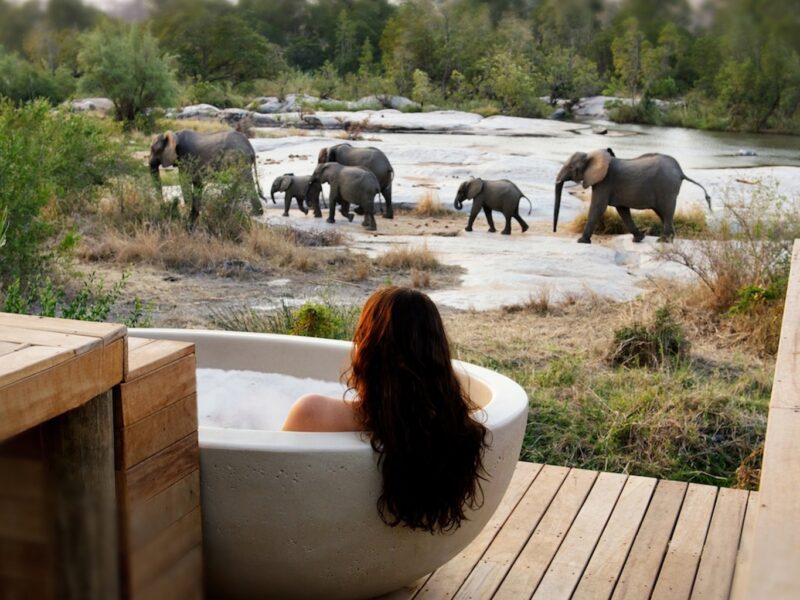A Guide to the Serengeti Great Migration in June
June in the Serengeti is a month of movement, anticipation, and raw wilderness beauty. It’s a time when the Great Migration shifts gears, setting the stage for the epic river crossings that lie ahead.
June is a pivotal month in the Serengeti Great Migration, marking the transition from the lush southern plains to the rugged, wooded regions of the western corridor. With the rains having ended in May, the landscape begins to dry out, and the herds of wildebeest, zebras, and gazelles start their long journey northwest in search of fresh grazing and water. This movement is both purposeful and dramatic, as the animals are drawn toward the Grumeti River, where the next major challenge in their migration awaits.
The Journey Toward the Western Corridor
Throughout June, the migrating herds funnel through the central Serengeti, especially around the Seronera Valley, moving in dense columns that stretch for miles. The atmosphere is alive with the sound of hooves and the dust of their passage. The Serengeti’s western corridor, characterized by thicker woodland and riverine habitats, becomes a focal point. Here, the animals begin to gather along the Grumeti River, a formidable barrier guarded by large Nile crocodiles that await the first crossings of the season.
Grumeti River Crossings and Predatory Drama
Though less famous than the Mara River crossings in July and August, the Grumeti River crossings in June are no less dramatic. The river is narrower and often lower in volume, but the crocodiles that inhabit it are massive and patient. As herds attempt to cross, they face sudden attacks that add intensity to the spectacle. Lions, leopards, and hyenas also lurk nearby, capitalizing on the confusion and vulnerability of the migrating animals. These predator-prey interactions offer extraordinary opportunities for wildlife photography and observation.
Weather and Scenery
By June, the Serengeti has entered the dry season. The air becomes cooler, particularly in the mornings and evenings, while days remain pleasantly warm. The grass has thinned, allowing for excellent visibility on game drives, and the scenery shifts from green to golden tones. The western corridor, with its river systems and gallery forests, provides a contrasting backdrop to the open plains, adding depth and variety to the safari experience.
Ideal Safari Conditions
June is an excellent time for safari-goers looking for great wildlife viewing without the peak-season crowds. The conditions are dry enough for smooth travel and reliable game drives, yet the park has not reached the busyness of July and August. Camps and lodges in the central and western Serengeti are strategically located to follow the migration and often offer fewer vehicles and more intimate encounters with nature.




